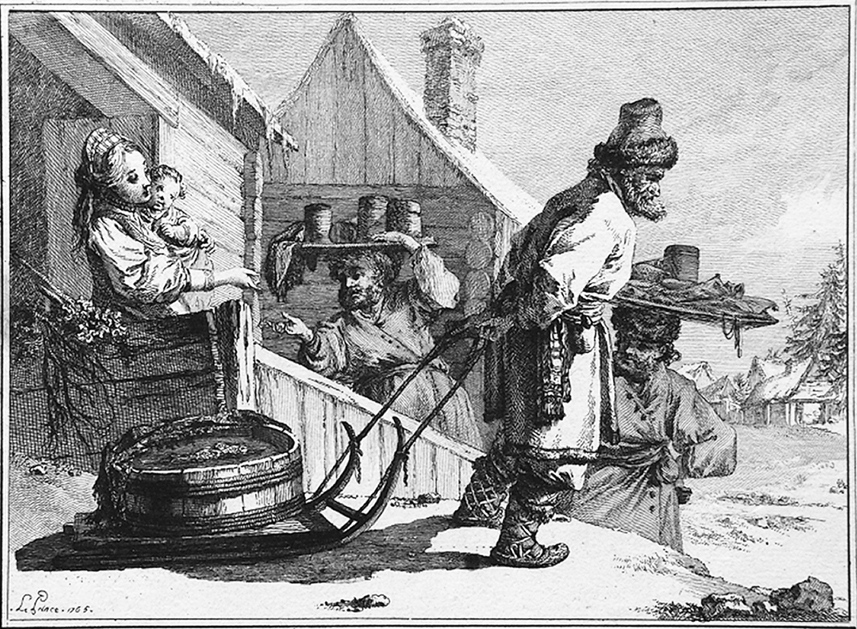Mongol Rule in Russia and the Rise of Moscow
In the thirteenth century the Mongols had conquered Kievan Rus, the medieval Slavic state centered first at Novgorod and then at Kiev, a city on the Dnieper River, which included most of present-day Ukraine, Belarus, and part of northwest Russia. For two hundred years the Mongols forced the Slavic princes to submit to their rule and to render tribute and slaves. The princes of the Grand Duchy of Moscow, also known as Muscovy, a principality within Kievan Rus, became particularly adept at serving the Mongols. They loyally put down uprisings and collected the khan’s taxes. Eventually the Muscovite princes were able to destroy the other princes who were their rivals for power. Ivan III (r. 1462–1505), known as Ivan the Great, greatly expanded the principality of Moscow, claiming large territories in the north and east to the Siberian frontier.
By 1480 Ivan III was strong enough to refuse to pay tribute to the Mongols and declare the autonomy of Moscow. To legitimize his new position, Ivan and his successors borrowed elements of Mongol rule. They forced weaker Slavic principalities to render tribute previously paid to Mongols and adopted Mongol institutions such as the tax system, postal routes, and census. Loyalty from the highest-ranking nobles, or boyars, helped the Muscovite princes consolidate their power.

Russian Peasants An eighteenth-century French artist visiting Russia recorded his impressions of the daily life of the Russian people in this etching of a fish merchant pulling his wares through a snowy village on a sleigh. Two caviar vendors behind him make a sale to a young mother standing at her doorstep with her baby in her arms. (From Jean-Baptiste Le Prince’s second set of Russian etchings, 1765. Private Collection/Gérard PIERSON/www.amis-paris-petersbourg.org)
Another source of legitimacy lay in Moscow’s claim to the political and religious inheritance of the Byzantine Empire. After the empire’s capital, Constantinople, fell to the Ottomans in 1453, the princes of Moscow saw themselves as heirs of the Byzantine caesars (emperors) and guardians of the Orthodox Christian Church. Ivan III’s marriage to the daughter of the last Byzantine emperor enhanced Moscow’s claim to have inherited imperial authority. The title tsar, first taken by Ivan IV in 1547, is a contraction of caesar.
